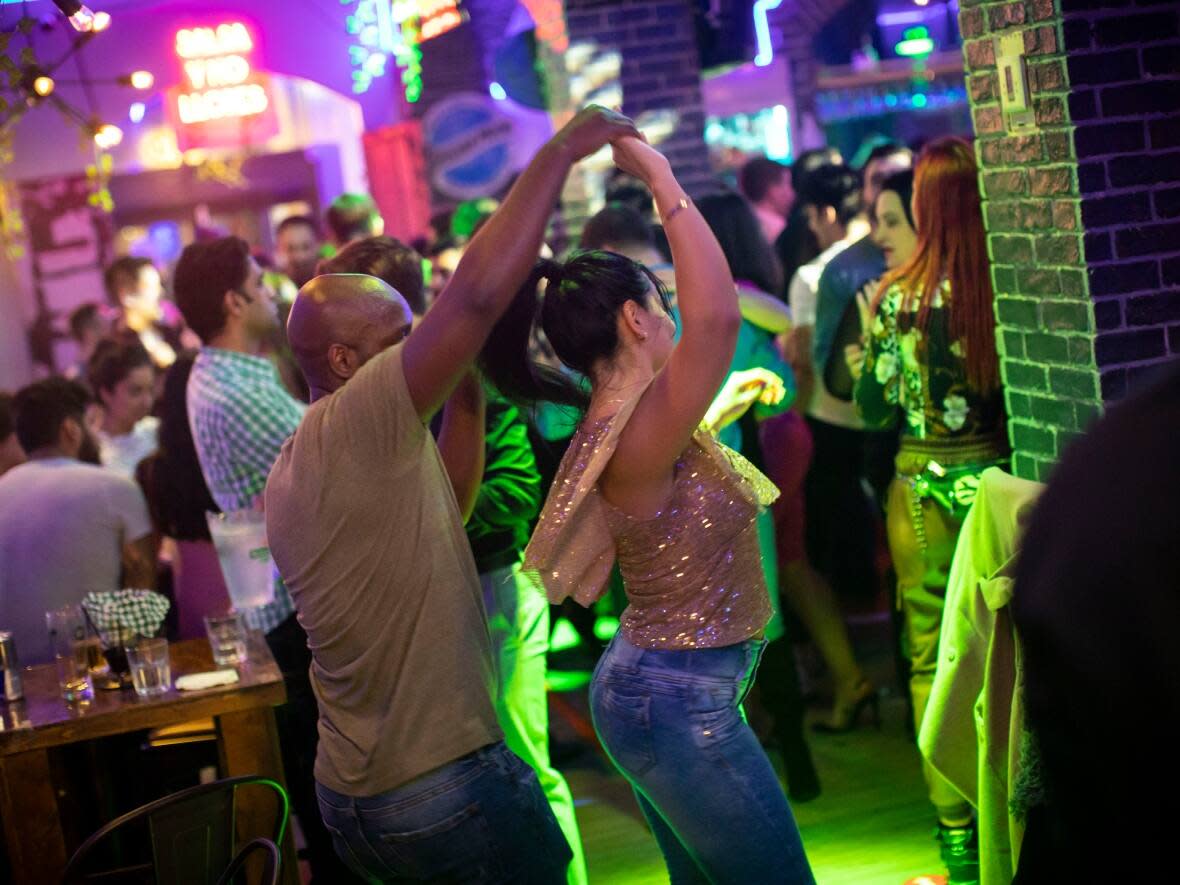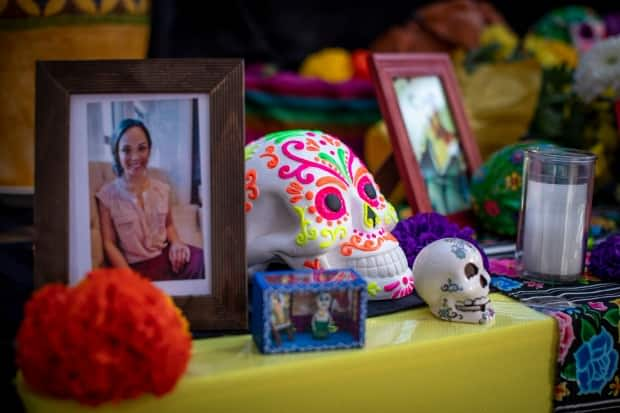Number of Latin American people in B.C. up significantly since 2016, census shows

The population of Latin Americans in B.C. has increased significantly since 2016, according to census data, in what community leaders are calling an encouraging sign on the occasion of Latin American Heritage Month.
The number of people self-identifying as Latin American went up nearly 50 per cent from 2016 to 2021.
It constitutes a rise from 44,115 five years ago to 65,970 in 2021, according to the latest census. More than 51,000 — 78 per cent of those people — live in Metro Vancouver.
Lili Viera de Carvalho, executive director of the Vancouver Latin American Cultural Centre, said she has felt the wave of Latin Americans reflecting in Metro Vancouver's culture, having been in the region since 2006.
"We can feel and hear more Spanish around," she told Lien Yeung, host of CBC Vancouver News at 6 p.m. "Everybody knows a Latin American [now]. So, the scene is clearly changing."
Number of immigrants from Americas in B.C. — 2016-2021
Census data shows Spanish is spoken by 23,225 immigrants at home across B.C. The number of native Spanish speakers has increased 21.5 per cent since 2016.
Nearly 4,000 native Portuguese speakers also came to B.C. in the last five years, according to the census. Portuguese is another language spoken in Latin America, primarily in Brazil.
Paola Murillo, director of the Latincouver Cultural and Business Society, said when she came to Canada 17 years ago, there was concern over how to represent Latin Americans in B.C.
Now, she says, that question barely needs to be asked anymore.
"People relate to Latin Americans. We see [it] in our events," she said.
"When we started the carnival, Latincouver, it was 500 people. Now we go [up] to 80,000 people when we organize the Carnaval del Sol."
Top 6 American sources for immigrants to B.C. — 2016-2021
Diverse mix of cultures
The 2021 census shows a diverse range of countries in the Latin American region contributing to the pool of immigrants coming to B.C.
Mexico, Colombia, and Brazil were chief among them.
De Carvalho said it was encouraging that there were two organizations dedicated to serving Latin Americans in Metro Vancouver, and that they were trying to promote diverse ways of embracing their culture, rather than resorting to clichés.

"It's a little hard to nail down who is a Latin American," she said. "It's really nice that now we are being counted in a way … that is self-identification because that's the way it should be."
She also says that Latin American representation goes hand-in-hand with representing people of colour and Black people, which make up a "big part" of the Latin American community.
"I think that there is a relation with Canada, in the way that colonization was done [to] Indigenous folks," she said. "There are many ways that we can connect our stories to the stories of Canada."
Murillo says there needs to be better support for large parts of the community — such as students, new parents, and migrant workers — from Canada at large.
"There is support for certain groups that are permanent residents, but there are a lot of students," she said. "How we can support these newcomers that come into Canada, to actually grow here as well?"


